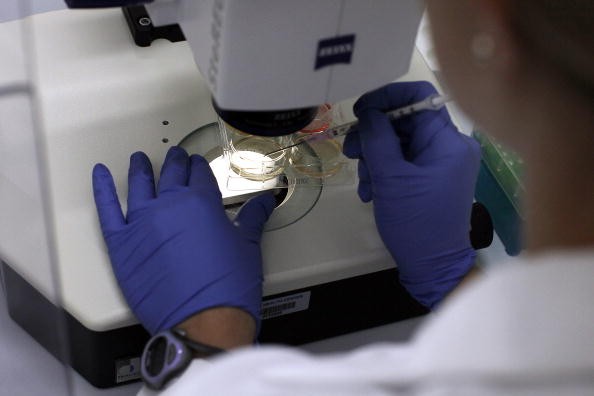
2016 has been a busy year for science with a lot of missions, explorations, breakthroughs and discoveries covered. Before continuing the assimilation of new science facts in 2017, here are some of the monumental discoveries of the worth celebrating:
1. Stem Cells re-enabling chronic stroke patients to walk. In a clinical trial held at Stanford University School of Medicine chronic stroke patients were re-enabled to walk after injecting modified human stem cells directly into their brains without negative effects aside from mildly anesthetized patients. All patients had showed signs of significant healing including increased mobility that allowed some patients to walk again freely.
2. New Eternal Data Storage Method Discovered. Scientists have successfully used a nano-structured glass to create a process for recording and retrieving data. The storage device is a small glass disk that can hold 360TB of data with an average shelf life of approximately 13.8 billion years, Science Daily reported.
3. Ancient human footprints discovered in Tanzania. In October, scientists found hundreds of ancient human footprints in a site called Engare Sero. The footprints were approximately between 5,000 and 19,000 years old showing signs of jogging and traveling in distinct groups near a towering volcano.
4. First-ever direct detection of gravitational waves. In February, the Laser Interferometer Gravitational Wave Observatory (LIGO) announced the first ever detection of gravitational waves. Einstein first predicted their existence in showing that space and time are fundamentally linked and gravitational waves actually pass through the space-time cosmic fabric. The culprit for the phenomenon is two black holes caught together. A few months later, a second round of ripples have been detected, confirming that the first signal was no fluke, National Geographic reported.
5. Newfound planet Proxima b orbits closest star to the sun. Space scientists are constantly on the lookout for evidence or signs of life beyond Earth. Proxima Centauri, the nearest star to the sun has a small planet called Proxima b that orbits around it.
Proxima b is about the same size as Earth at a distance that may be near enough for water to exist on its surface.
To know more about the stem cell injection method that enabled chronic stroke patients to walk, watch the video below:



